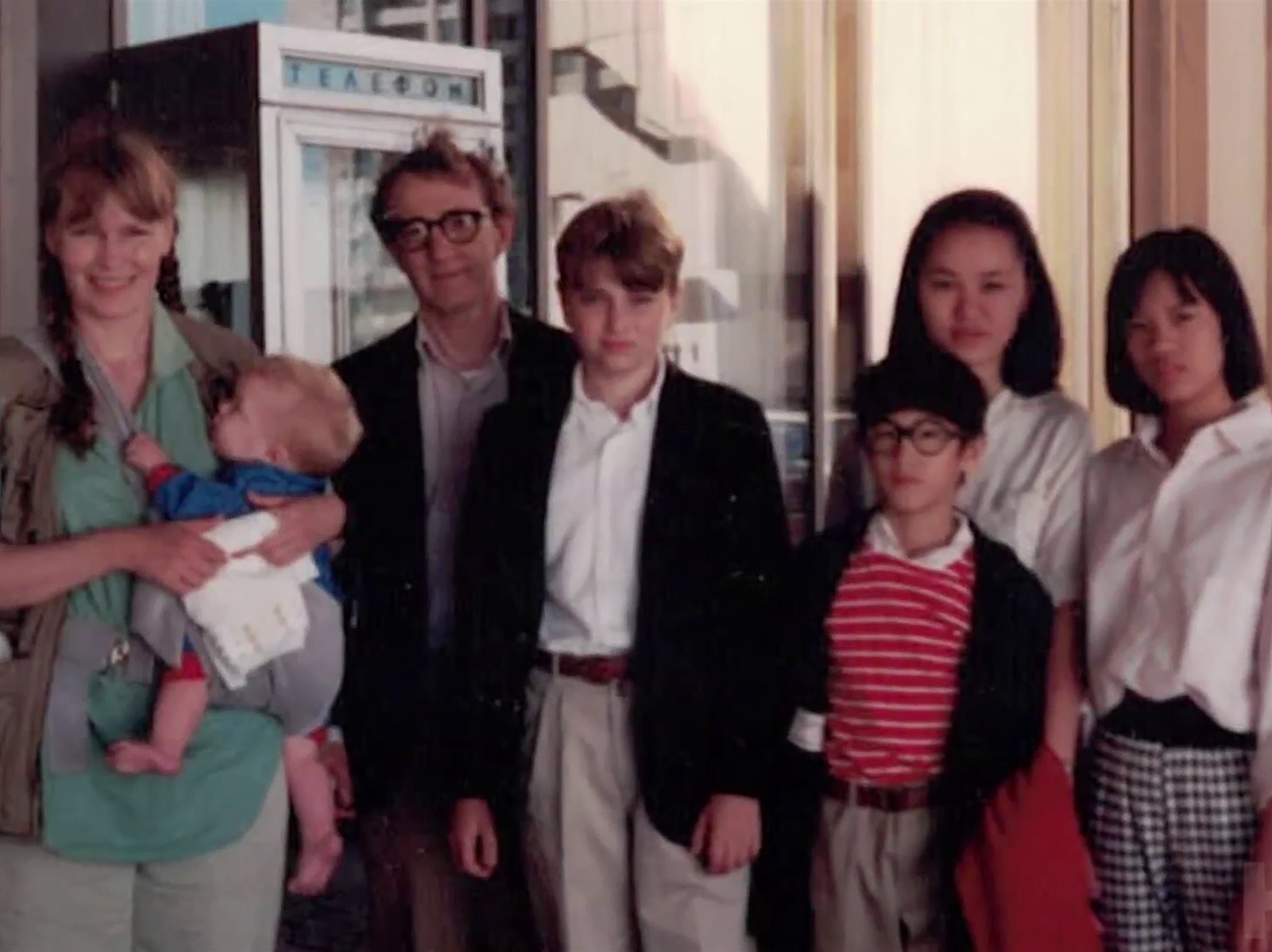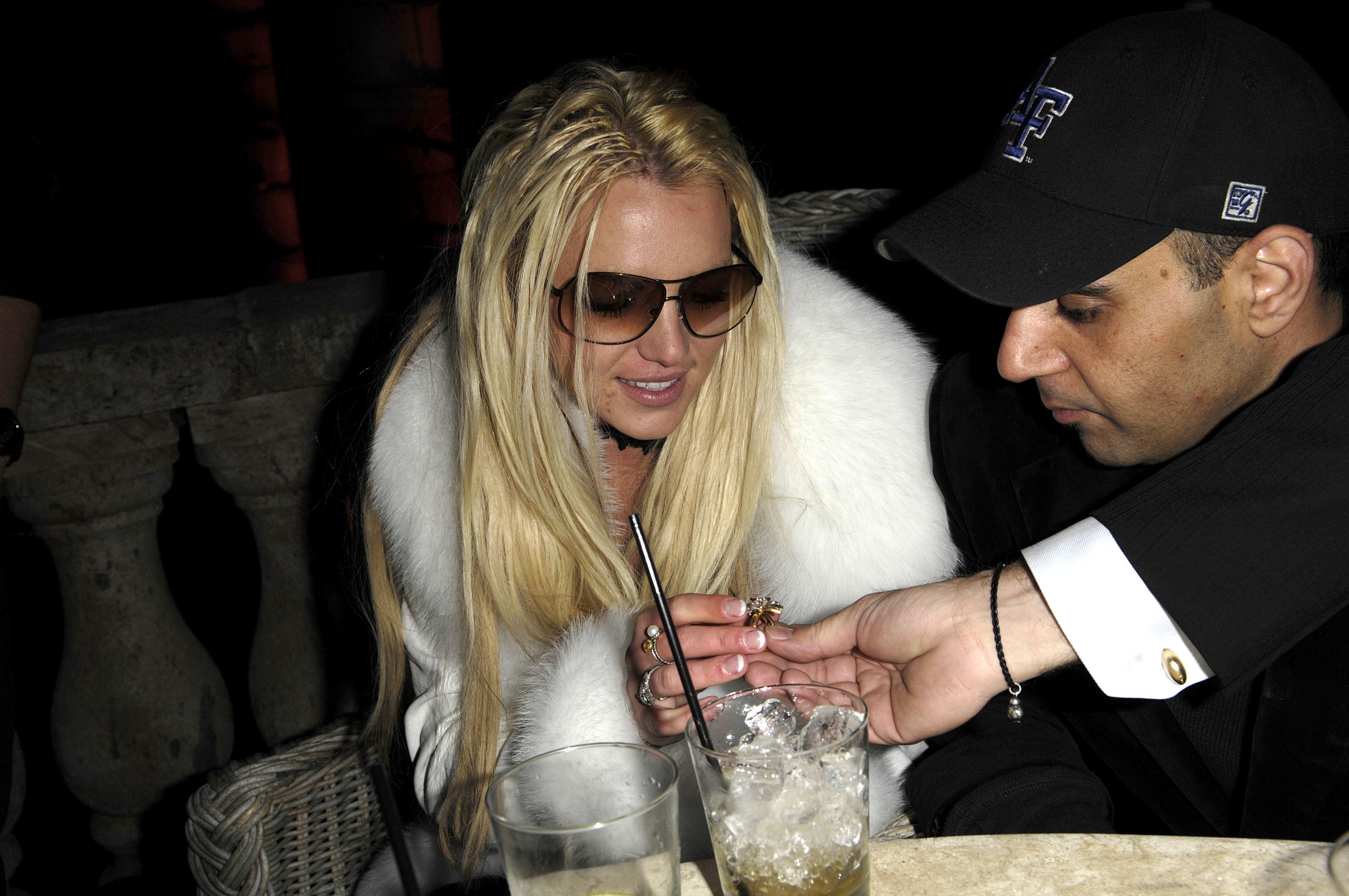Allen v Farrow is a testament to the power of chronology
The narratives shared in the new documentary about Woody Allen’s alleged sexual abuse, as well as Framing Britney Spears and the podcast You’re Wrong About, might be the closest we come to being able to experience another person’s perspective, writes Clemence Michallon


Your support helps us to tell the story
From reproductive rights to climate change to Big Tech, The Independent is on the ground when the story is developing. Whether it's investigating the financials of Elon Musk's pro-Trump PAC or producing our latest documentary, 'The A Word', which shines a light on the American women fighting for reproductive rights, we know how important it is to parse out the facts from the messaging.
At such a critical moment in US history, we need reporters on the ground. Your donation allows us to keep sending journalists to speak to both sides of the story.
The Independent is trusted by Americans across the entire political spectrum. And unlike many other quality news outlets, we choose not to lock Americans out of our reporting and analysis with paywalls. We believe quality journalism should be available to everyone, paid for by those who can afford it.
Your support makes all the difference.There is no bombshell in Allen v Farrow. Anyone who has read up on the allegations of sexual abuse faced by Woody Allen will be familiar with the narrative that unfolds in the documentary. Dylan Farrow, Allen’s adoptive daughter, has alleged for years that he molested her when she was a child. Allen has denied ever abusing or acting inappropriately with his daughter. Dylan, now 35, has consistently maintained her story.
Throughout its four episodes, Allen v Farrow makes a number of choices. It chooses to stick closely to Dylan’s narrative. It chooses to open the floor to experts on child sexual abuse, including in the context of custody cases. Most strikingly, when it comes to telling Dylan’s story, Allen v Farrow chooses to begin with the beginning and end with the ending.
It sounds trivial, but it’s a choice that shapes the documentary and gives it heft. When telling a real-life story, there are, broadly speaking, two options: the chronology, and the inverted pyramid. With the inverted pyramid, often cherished by journalists and documentarians, you start with the most relevant element of a story, then weave the rest of the narrative through the prism of that element.
In the case of Allen v Farrow, the inverted pyramid would have begun with the events of 4 August 1992, which is when Dylan alleges her father sexually assaulted her. We would have heard her version of events and the versions of those who support her. We would have heard Allen’s denial. Some experts would have weighed in. Only then would we have travelled back to the circumstances of Dylan’s adoption, with forays into the child custody case opposing Allen and Mia Farrow (Dylan’s mother), as well as Allen’s relationship with Soon-Yi Previn (another one of Mia Farrow’s adoptive children).
Instead, Allen v Farrow – after a two-minute preview of what’s to follow – starts at the beginning, with an account of Mia Farrow and Woody Allen’s early relationship. Then comes their family, and Dylan’s adoption. From the first episode, allegations of inappropriate behaviour on Allen’s part surface from Dylan and others. At the same time, we begin hearing about Allen’s relationship with Previn. This escalates into Allen and Mia Farrow’s separation, and Dylan’s recollections of the alleged abuse on 4 August 1992. Law enforcement gets involved. Dylan takes us through an evaluation she underwent as a child, conducted by the Yale-New Haven Child Sex Abuse Clinic, later disavowed by the judge who denied Allen custody.

This format is a risk – if you’re not familiar with the facts, the first episode might leave you wondering where exactly this is all going – but it pays off. Allen v Farrow reaches a heartbreaking apex when Dylan begins shaking uncontrollably as she explains how she came to think of herself as a survivor of incest. The camera stays with her. Dylan’s teeth start chattering. “I just need a second,” she whispers, holding onto her husband’s hand. “My jaw is shaking. I’m sorry. I don’t know. I don’t know, I’m just… My jaw’s chattering. I’m not cold, I just –”
Dylan never finishes her sentence. She doesn’t need to. It’s impossible to watch the sequence without feeling the weight of the excavation she has just performed in front of the cameras for four episodes. The scene wouldn’t pack the same punch if we hadn’t spent several hours in Dylan’s presence. But by the time we get to this point, we’ve heard about her childhood. We’ve heard what Allen was like as a father, according to her recollections. We’ve heard about the various court filings. We’ve heard about the experts Dylan says failed to hear her. We have felt her isolation – both as a child and as an adult, when Hollywood kept celebrating her alleged abuser. The scene, and the documentary as a whole, are a testament to the power of chronology.
There is an ongoing appetite for this form of storytelling, beyond Allen v Farrow. Writer Kathryn VanArendonk recently used the documentary Framing Britney Spears as an example of how a “straightforward, chronological timeline can be not just an aid for audience coherence, but a tool of radical empathy for the people at the centre of the story”.

And it’s not just documentaries. You’re Wrong About, a podcast about misremembered history, has climbed through the Apple podcast charts, and currently sits at number 30 across all categories in the US. Its co-hosts, journalists Michael Hobbes and Sarah Marshall, have tackled a variety of topics, from the Jonestown Massacre to the OJ Simpson trial, debunking common misconceptions along the way. One of the show’s signatures is its willingness to reclaim the narratives of women maligned by history, such as Tonya Harding, Courtney Love, and Yoko Ono.
To that end, the podcast tends to stick to a chronological format. An episode about serial killer Jeffrey Dahmer introduces him as “a guy named Jeff”, in an effort to strip the stories of his crimes from the usual lore. Another episode about Bill Clinton and Monica Lewinsky is careful to give a thorough picture of Lewinsky’s life and status before Clinton’s impeachment trial and the accompanying media firestorm. A series about Princess Diana spends a good amount of time on her life before her wedding to Prince Charles. It’s an effective technique: we gain an understanding of who our protagonists were, by all accounts, before the world knew their names.
A similar thing happens in Allen v Farrow. Even if you know, in theory, what allegedly happened – if you’ve read the court documents, watched Dylan Farrow’s 2018 interview with Gayle King, and read Allen’s statements – something happens by virtue of sitting through the entire narrative for roughly four hours. Dylan’s account emerges, unencumbered, with devastating clarity.
No one will ever be able to fully walk a mile in Dylan Farrow’s shoes, nor Monica Lewinsky’s nor Diana’s. But the narratives shared in Allen v Farrow, Framing Britney Spears, and You’re Wrong About might be the closest we come to being able to experience another person’s perspective. The format is practical, in that it makes all the facts available in an easily digested way, but also challenging: if you really want to understand this person’s story, you’re going to have to commit. Truth takes time. Some things can’t be summarised. Some narratives shouldn’t be shortened. Sometimes, the most powerful story is the one straightforwardly told.
Allen v Farrow continues in the UK on Monday on Sky Documentaries and Now.

Join our commenting forum
Join thought-provoking conversations, follow other Independent readers and see their replies
Comments